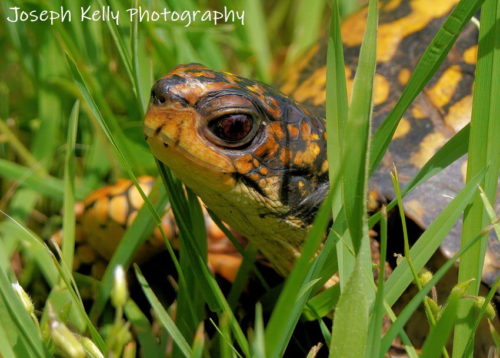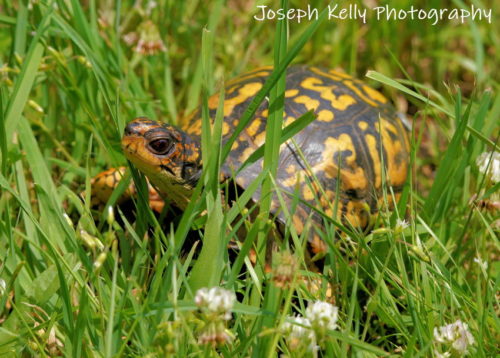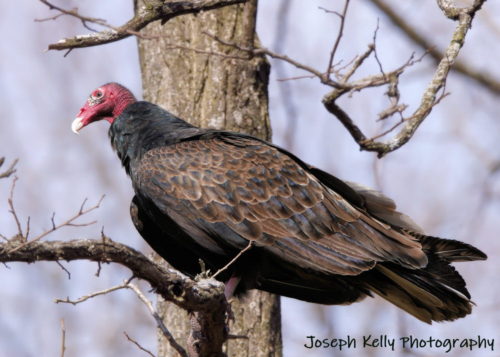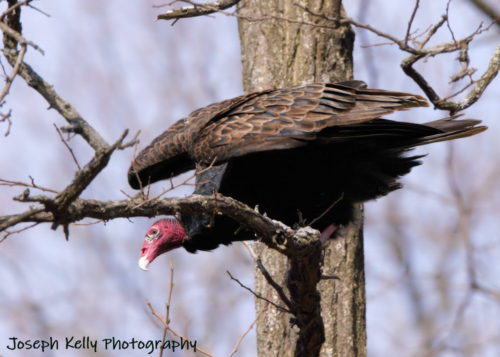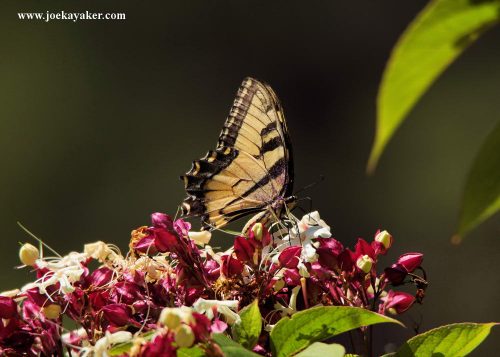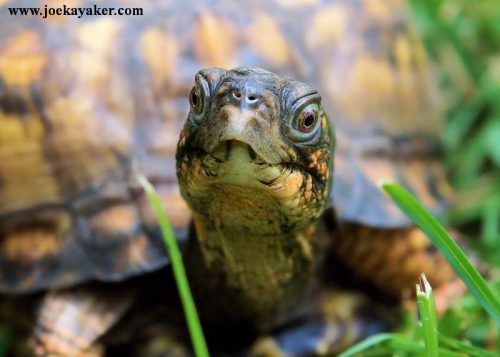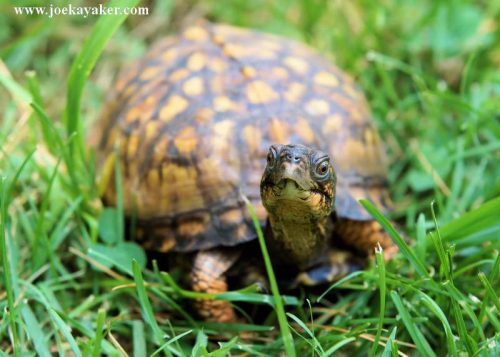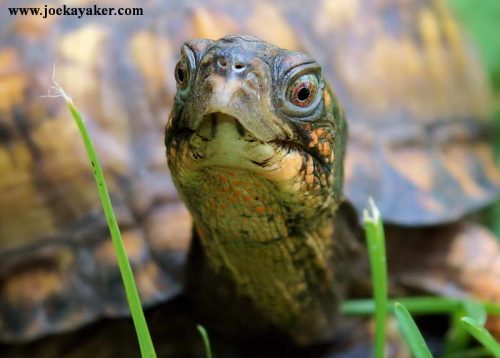Tuesday, March 17, 2020,
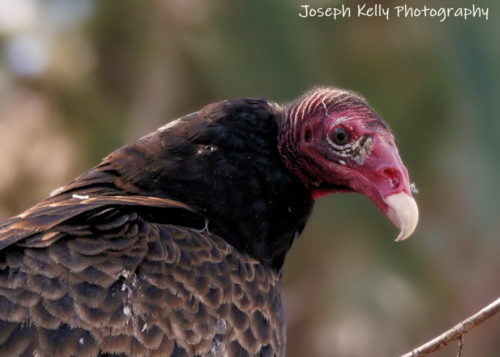
This is a Turkey Vulture. Turkey Vultures have an extraordinary sense of smell. Scientists believe that these vultures have the largest and most powerful olfactory organs of any bird. They can smell carrion hundreds of feet below as they ride the thermals far above. Some sources claim that a Turkey Vulture can detect a carcass from as much as a mile away.
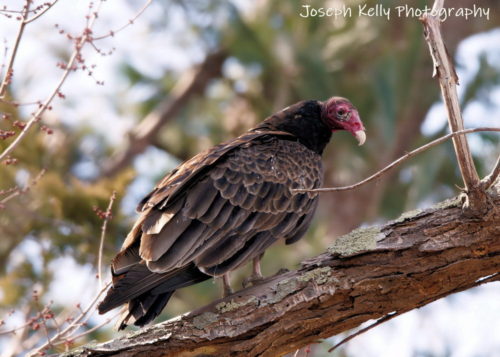
As some of you know, I am a long-time volunteer at Sweetbriar Nature Center. At Sweetbriar we have two Turkey Vultures, at least one of which is female. What you may not know is that this is the start of the mating season for these birds. As I stated earlier, Turkey Vultures have an excellent sense of smell. And it’s not always about carrion. Sometimes, it’s about love. (Cue the Beatles’ “All You Need is Love”.) Without the love bit, we’d be running low on Turkey Vultures and that would be a very bad thing. But that’s a lesson for another day.
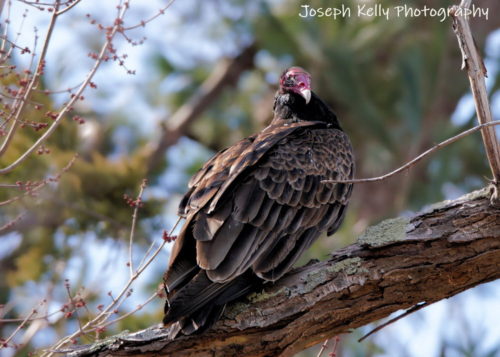
So anyways, some years, (but not every year), the female Turkey Vulture at Sweetbriar attracts roaming males. They will perch in the trees around her enclosure. Last Sunday, I had the opportunity to photograph a love-smitten male as he visited our grounds. It’s not every day that I get the chance to see a vulture that isn’t a half mile away so I pulled out my camera and took some photographs. Maybe I got something worth seeing. JK
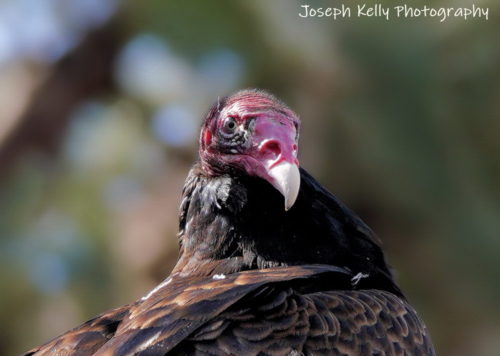
JK

